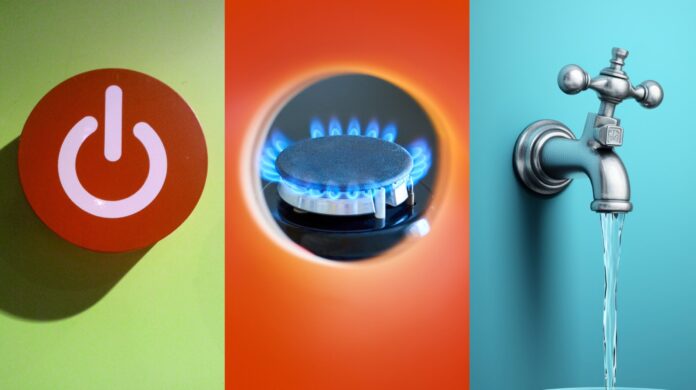More Friday market figures for you; these provide a definitive evergreen overview of the smart metering market, arguably, as follows…
The total number of smart meters in the world will double over the next decade, from 1.7 billion at the end of 2023 to 3.4 billion at the end of 2033. By the end of the period, smart-meter sales will generate $40 billion in revenue per year, well-over double its 2023 total ($17 billion). So says IoT analyst firm Transforma Insights, which has run the numbers on the electricity, gas, and water metering markets, and come up with totals for each, and for all three combined.
As it stands, one in 10 IoT connections is to a smart-meter device of one kind or another. The proportion will remain about steady over the next 10 years, says Transforma Insights, slipping marginally from 10 percent to nine percent of the total IoT market as other use cases see “rapid growth”. But the value of smart metering technology in homes, factories, and infrastructure is enduring – borne out in its compound growth (CAGR) forecast (7.2 percent), and its steady share.
“Smart metering will continue to be one of the most significant IoT use cases,” said Transforma Insights. The company splits figures water, gas, and electricity metering;
smart electric meters dominate today, with 1.15 billion connections (68 percent), compared to 245 million gas smart meters (14 percent) and 296 million water smart meters (17 percent), it said. By 2033, the equivalent figures will be 2.1 billion (62 percent), 510 million (15 percent) and 789 million (23 percent), it predicts.
Transforma Insights said: “The technologies of choice for connecting smart meters will evolve quite rapidly. Today there are a diverse array of technologies used to connect electricity meters including powerline communications and RF mesh. Over time this will gradually migrate towards the use of low-power wide-area (LPWA) technologies, both cellular mMTC (IoT) technologies such as NB-IoT, and unlicensed technologies such as LoRaWAN and Sigfox.”
The company further splits-out the utility mix, regional spread, growth rate, and tech match below; all the quotes are from Transforma Insights. ‘Nuff said, as they say..
1 | Smart electricity metering
“Electricity dominates the smart metering space throughout the forecast period, accounting for over 60 percent of all meters. Of the 1.15 billion electricity smart meters today, one billion (89 percent) are residential, a figure which equates to a penetration of 48 percent of households globally. A lot of countries have ostensibly completed their smart meter deployments, notably many countries in the EU, and China. In other regions there is still much to be done. By 2033, the projected 1.9 billion residential smart meters will equate to a global household penetration of 81 percent.”
2 | Smart gas metering
“Smart gas metering is restricted to countries where piped natural gas (PNG) is used, most prominently in Europe. There were 246 million gas meters in 2023 of which 95 percent were residential and the remaining five percent were for commercial premises. Around 44 percent of gas households have smart meters today, a figure which is expected to rise to 72 percent in 2033. Without access to mains power, gas smart metering tends to favour using LPWA technologies such as NB-IoT and LoRaWAN.”
3 | Smart water metering
“Water smart meters rollouts have been patchy due to varying levels of governmental focus, although increasing pressure on water resources mean that smart water metering numbers will grow faster than either electricity or gas over the period, growing at a CAGR of 10 percent compared to a blended average of seven percent across all utilities. As will gas smart metering, water will also favour LPWA technologies.”

